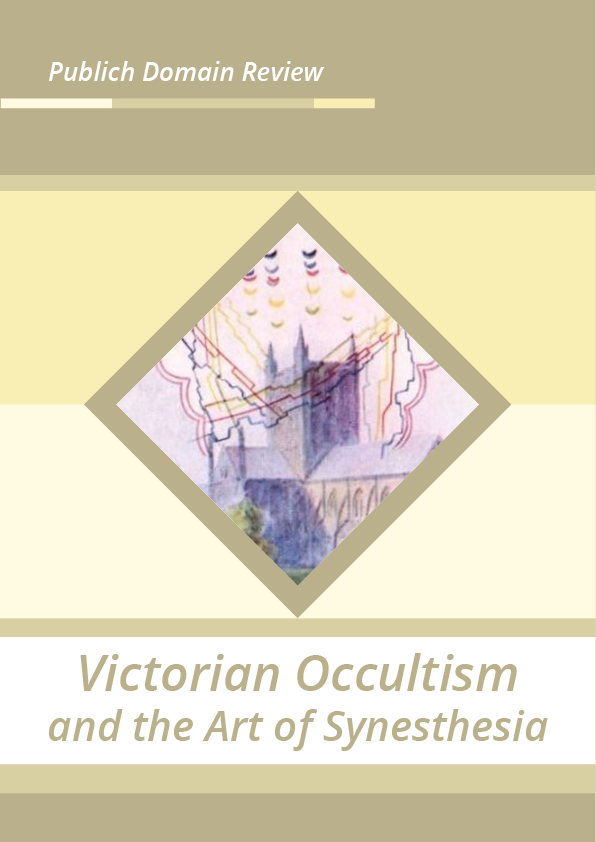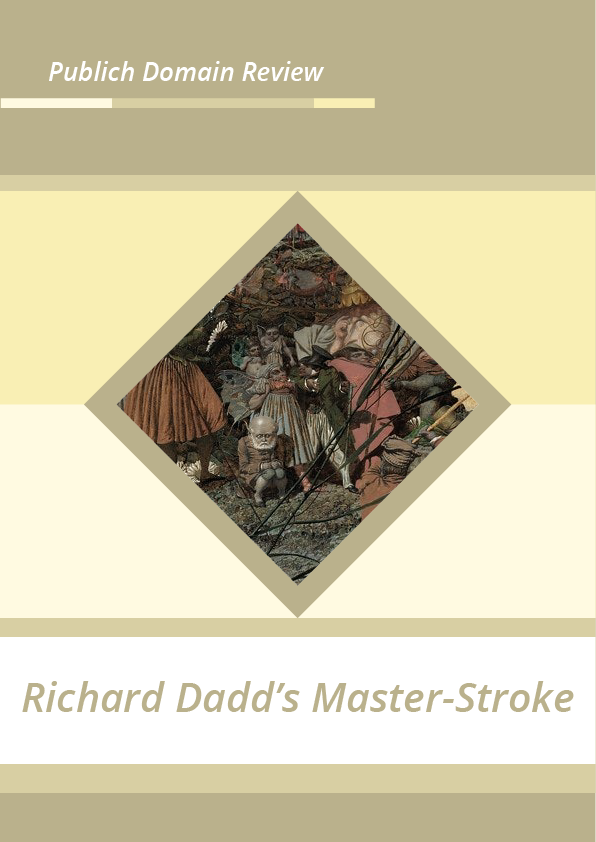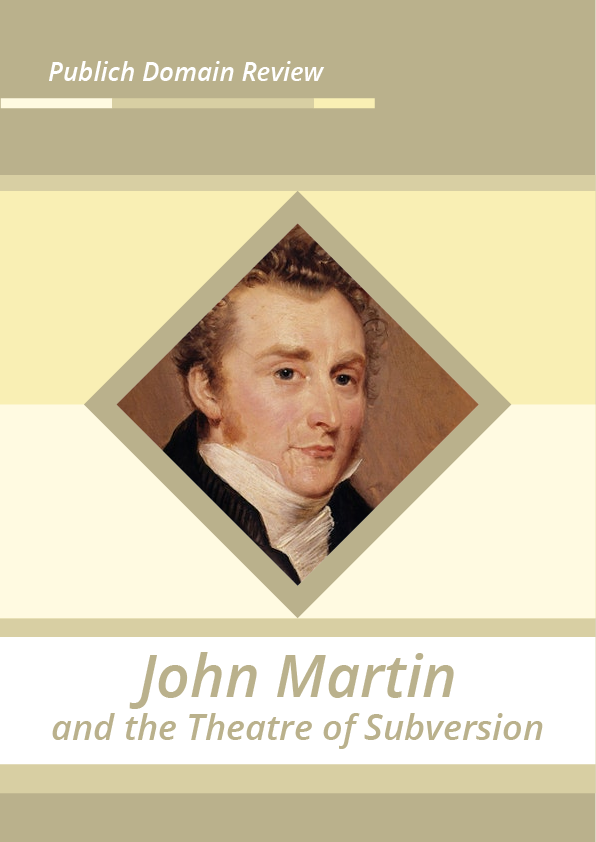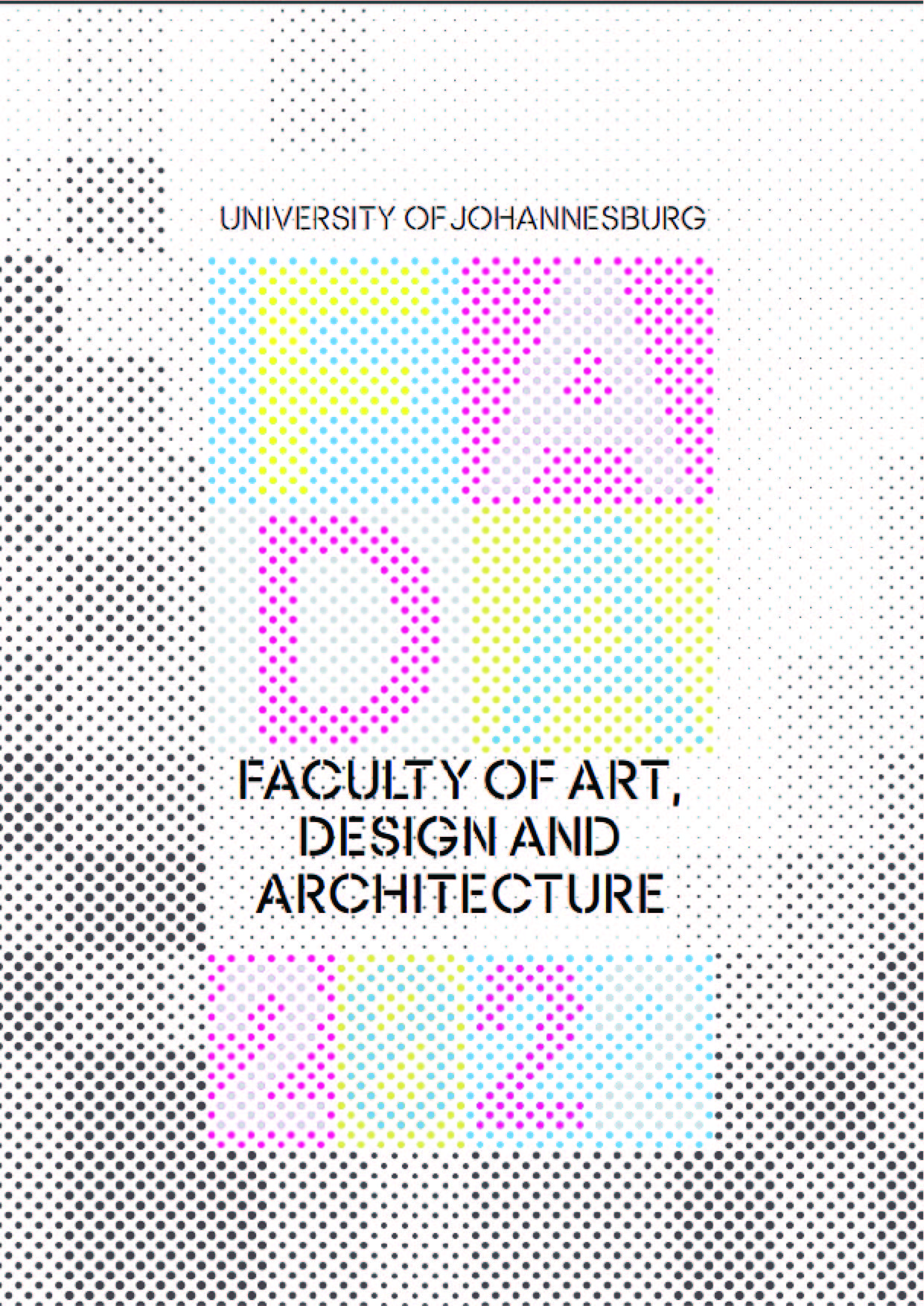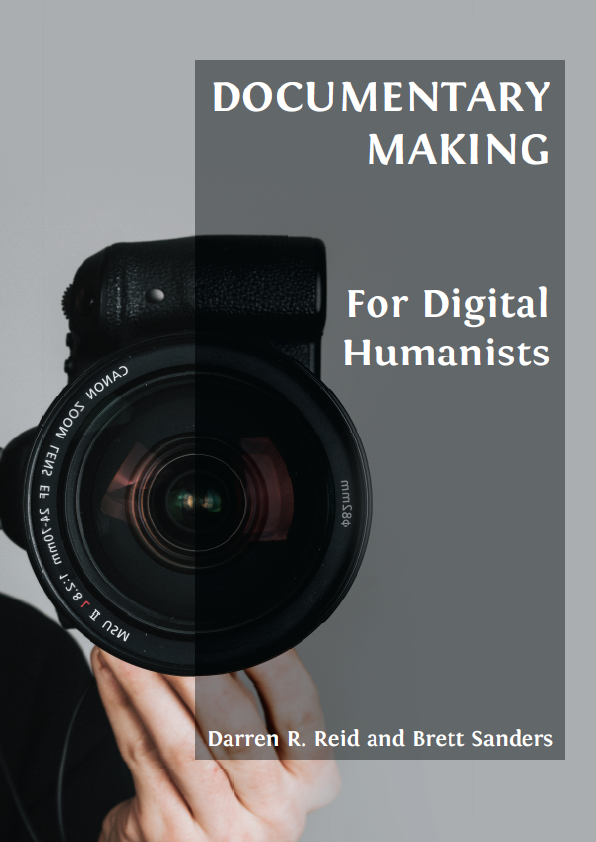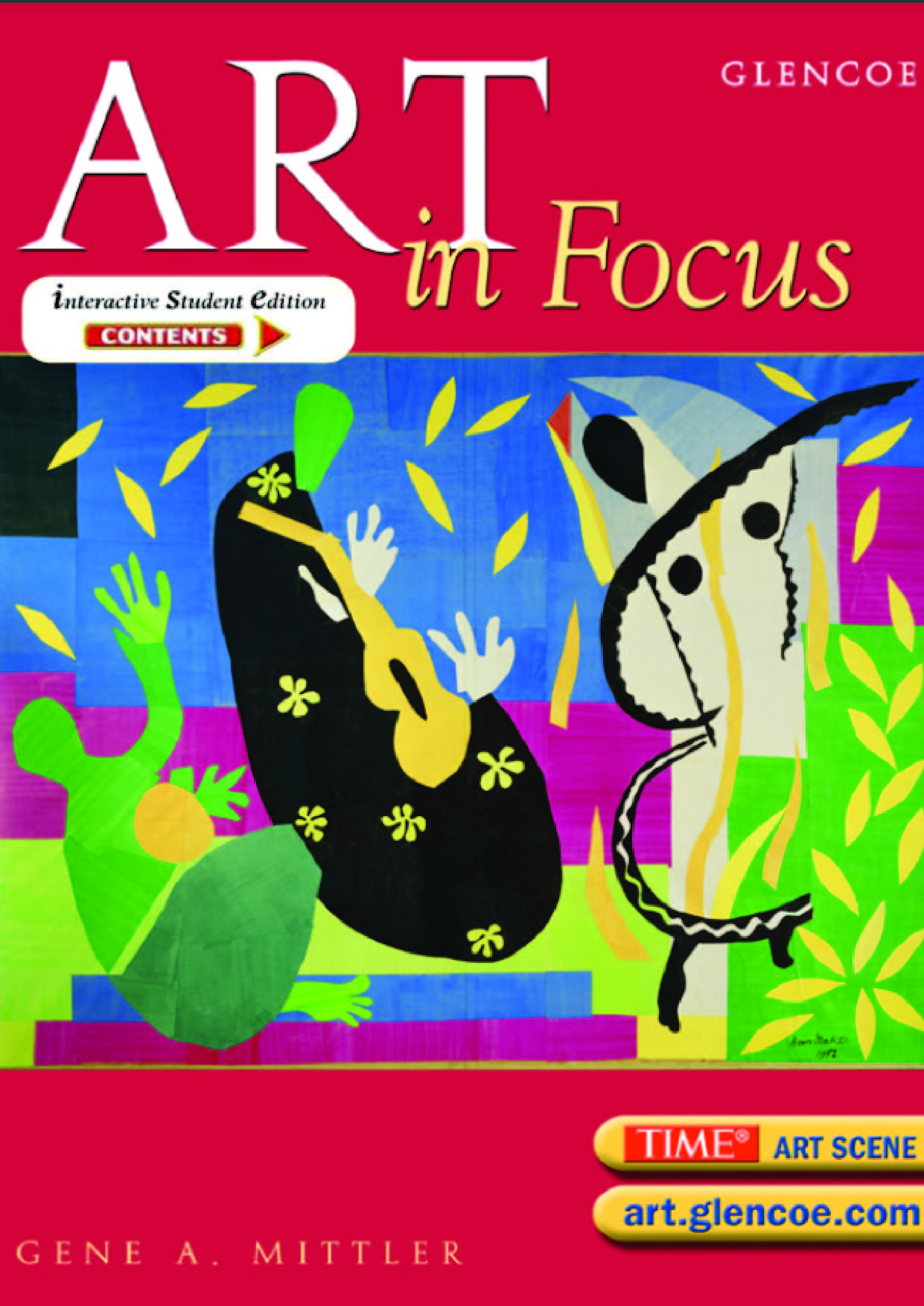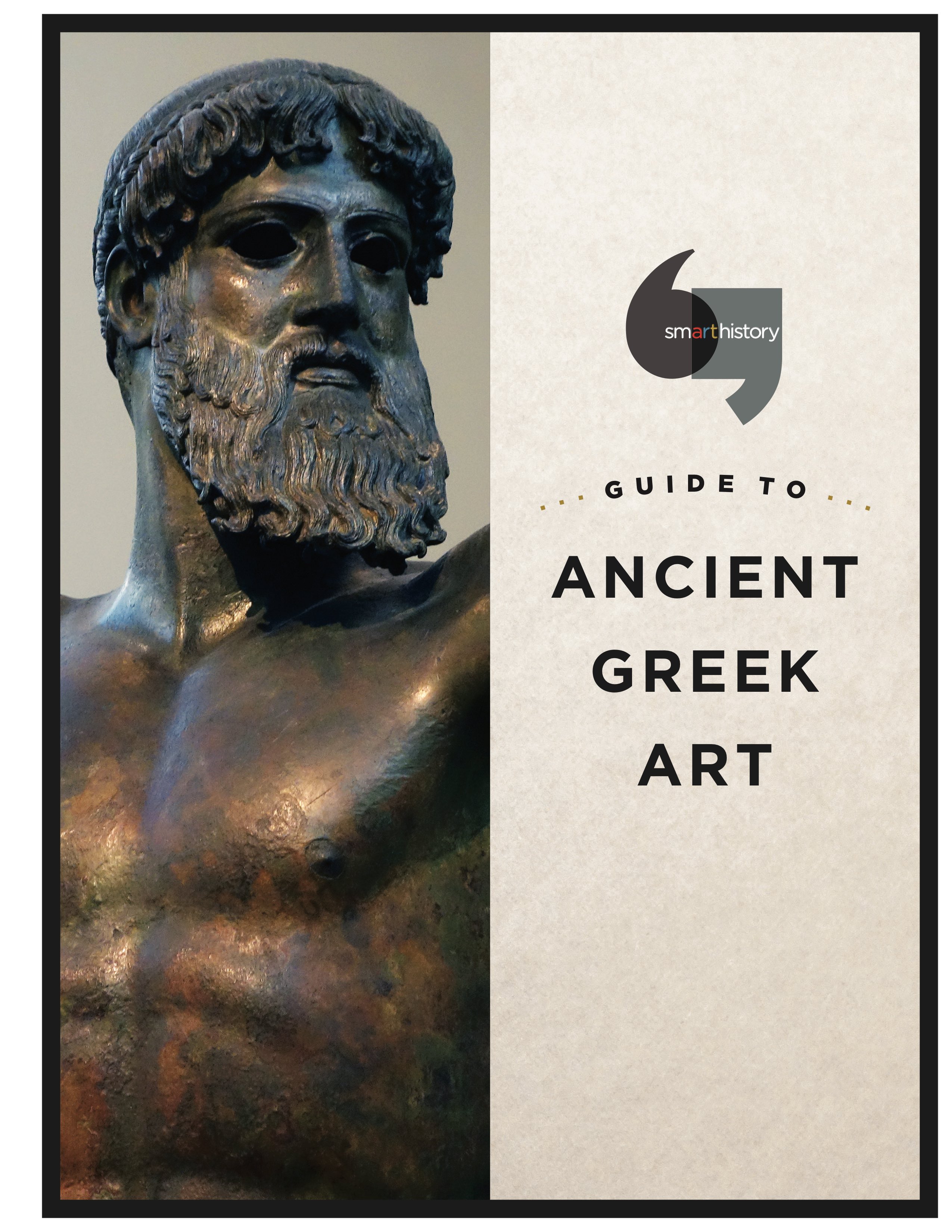Grounded in the theory that ideas, emotions, and even events, can manifest as visible auras, Annie Besant and Charles Leadbeater’s Thought-Forms (1901) is an odd and intriguing work. Benjamin Breen explores these “synesthetic” abstractions and asks to what extent they, and the Victorian mysticism of which they were born, influenced the Modernist movement that flourished in the following decades.
“I have always considered myself a voice of what I believe to be a greater renaissance — the revolt of the soul against the intellect — now beginning in the world,” wrote William Butler Yeats to his mentor, the Irish nationalist John O’Leary, in 1892. Yeats believed that magic was central not only to his art, but to a dawning epoch when spirituality and technology would march together toward an uncertain future.
Thought-Forms, a strange, beguiling, frequently pretentious, utterly original book first published in 1901, emerged from this ferment of late-Victorian mysticism. It was written by Annie Besant and Charles Leadbeater, erstwhile members of the London Theosophical Society alongside Yeats, and it features a stunning sequence of images that illustrate the book’s central argument: emotions, sounds, ideas and events manifest as visual auras.
The book’s grand ambitions are evident from the first page. “To paint in earth’s dull colours the forms clothed in the living light of other worlds,” Besant laments, “is a hard and thankless task.” She insists that the images in the book “are not imaginary forms, prepared as some dreamer thinks that they ought to appear.” Rather, “they are representations of forms actually observed as thrown off by ordinary men and women.” And she hopes that they will make the reader “realise the nature and power of his thoughts, acting as a stimulus to the noble, a curb on the base.” This grandiloquence was typical: fin de siècle occult leaders produced some of the most baroque writing in literary history, the purplest of purple prose.
Yet what are we saying, exactly, when we call black words on a white page “purple”?
These sorts of underlying associations between words, colors and sounds were precisely what motivated Thought-Forms. In other words, the book was about synesthesia. The illustration of the music of Mendelssohn reproduced above, for instance, depicts yellow, red, blue and green lines rising out of a church. This, Leadbeater and Besant explain, “signifies the movement of one of the parts of the melody, the four moving approximately together denoting the treble, alto, tenor and bass respectively.” Moreover, “the scalloped edging surrounding the whole is the result of various flourishes and arpeggios, and the floating crescents in the centre represent isolated or staccato chords.” Color and sound had become commingled.
Benjamin Breen is an Assistant Professor of history at UC Santa Cruz. He is the author of the book The Age of Intoxication: Origins of the Global Drug Trade (University of Pennsylvania Press, 2019).
